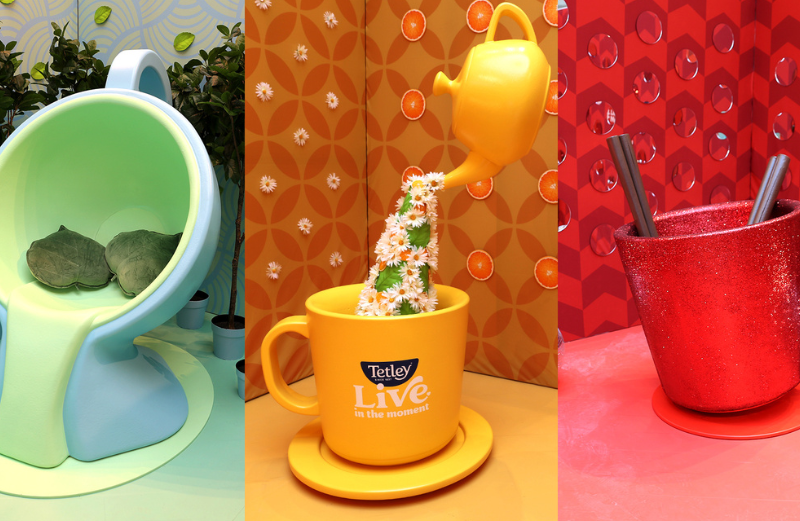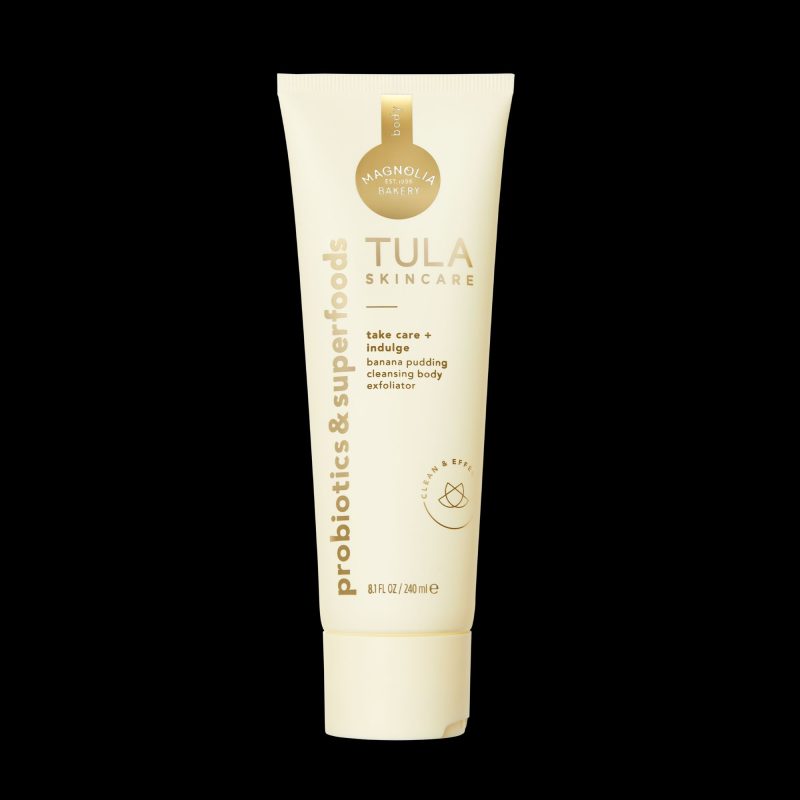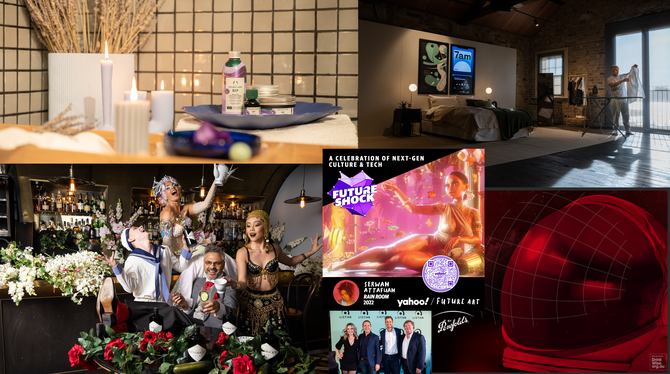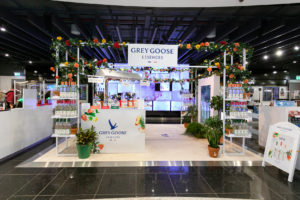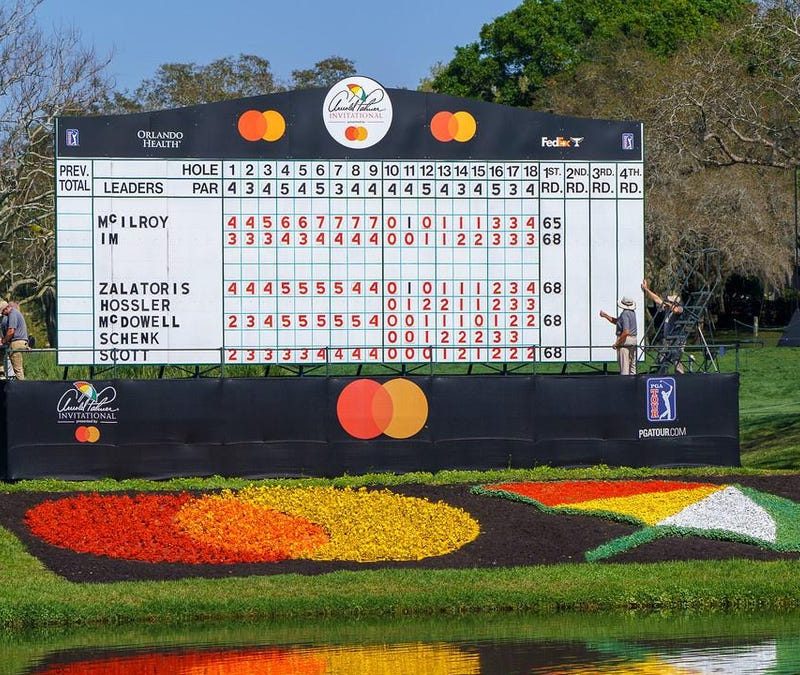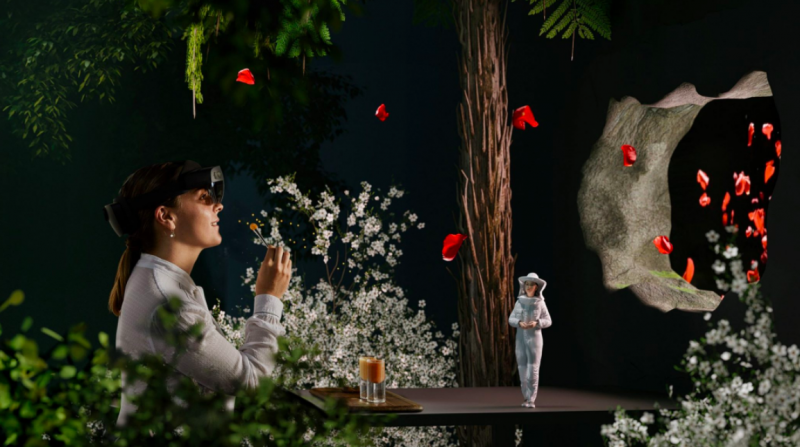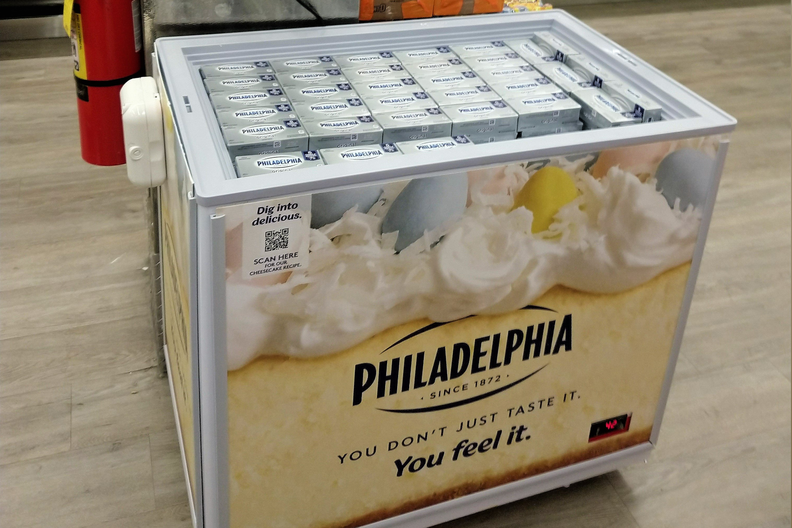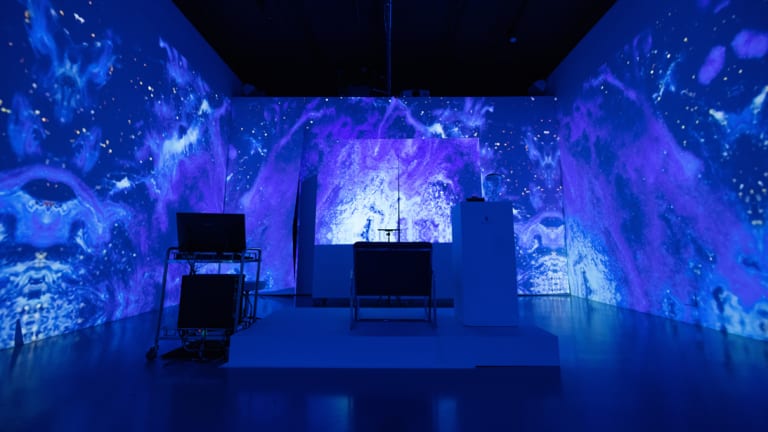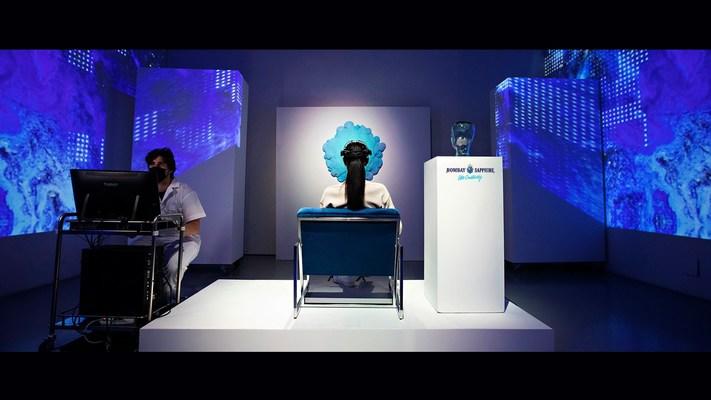Mood Media has released a new behavioural marketing study, ‘Quantifying the Impact of Sensory Marketing’, proving that sensory marketing has positive emotional, cognitive and behavioural impacts on shoppers in-store.
Applying Galvanic Skin Responses (GSR) and Visual Eye Tracking (ET), along with exit interviews to measure customer behaviour and responses, Mood Media partnered with its international sports retailer client, INTERSPORT, to conduct a controlled experiment that found when sensory marketing was applied, in-store sales increased by 10 per cent.
Shopper behaviour was analysed and compared in a Phase 1 “senses-off” (no music, static signage and no scent) environment to a Phase 2 “senses-on” environment. To ensure any external factors were accounted for, the results were also compared to control stores. Additional noteworthy findings showcasing the positive impact of in-store sensorial stimuli across several key areas for retailers include:
Volume and value
- The research found that shoppers purchased more items (increase of four per cent) – and higher-priced items (increase of six per cent in value per item) – when sensorial marketing elements were in place.
Scent in stores
- The use of scent is highly impactful when being used to highlight a specific department or zone. In the scented football zone in-store, customers’ emotional levels were elevated by 28 per cent compared to the baseline.
- From the installation of scent in the football area to-date, INTERSPORT has noticed a 26 per cent increase in sales in the category in the test store compared to the same category performance in all the other stores throughout the country.
Sights and sounds
- Based on Eye Tracking (ET) metrics, awareness of digital screens in-store increased by five per cent when moving visualisations were activated on-screen (vs. static images).
- Utilising Galvanic Skin Response (GSR) metrics, a lack of sensorial elements in-store caused many consumers to become awkwardly self-aware while shopping, with 17 per cent becoming more emotionally sensitive and uncomfortable in an unusually quiet and stimulant-free environment.
The science of narcissism
- Consumers like seeing themselves, which the study describes as ‘the science of narcissism’. Galvanic Skin Response (GSR) and Eye Tracking (ET) metrics showed a significant increase in nervous system activity and engagement when consumers saw themselves in mirrors and interacted with products in front of mirrors.
Touchy subjects
- Shoppers showed a 50 per cent emotional increase when touching and engaging with a product. This supports first-hand the important and unique role that in-store shopping continues to serve.
“Knowing that 78 per cent of shoppers say an enjoyable atmosphere plays a key factor in purchasing a product in-store versus online, we partnered with Walnut Unlimited to develop unique behavioural and neuromarketing quantitative research that demonstrates how shoppers react first-hand to specific sensory experiences,” said Mood Media global CMO Scott Moore.
“The results speak for themselves. A strategic top-level approach to incorporating in-store sensorial elements creates a measurable emotional response with consumers that delivers bottom-line results.”
Source: Study: Shoppers Spend 4% More When Sensorial Marketing Is In Place – B&T




